Early Bird
Deadline
January 31, 2026
Judging
Date
May 18, 2026
Winners
Announced
June 10, 2026
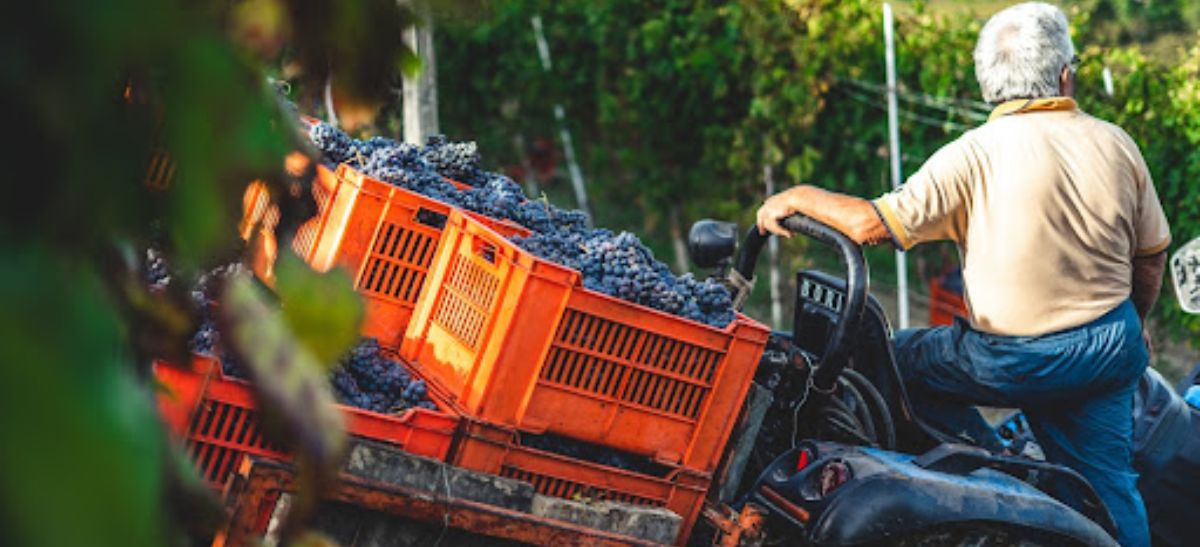
In wine growing, as with sales, consistency is key. Whether you are a sommelier curating a wine list or a bartender pouring glasses of wine for discerning customers, you know that patrons expect the same quality and flavor profile from their favorite wines year after year. But how do winemakers achieve this remarkable feat of maintaining consistency despite the ever-changing variables of weather, terroir, and grape varietals? In this guide, we'll explore the secrets behind how winemakers ensure the reliability of their wines, providing you with insights to enhance your expertise in the world of wine service.
Consistency in winemaking starts in the vineyard. Winemakers rely on a combination of skilled viticulture and vineyard management to ensure the grapes harvested each year meet their precise specifications. This involves:
Pruning Techniques: Careful pruning controls vine growth and grape yields. Winemakers use different pruning methods depending on the variety of grape, vine age, and desired wine style. By maintaining a consistent approach to pruning, winemakers establish a reliable foundation for each vintage.
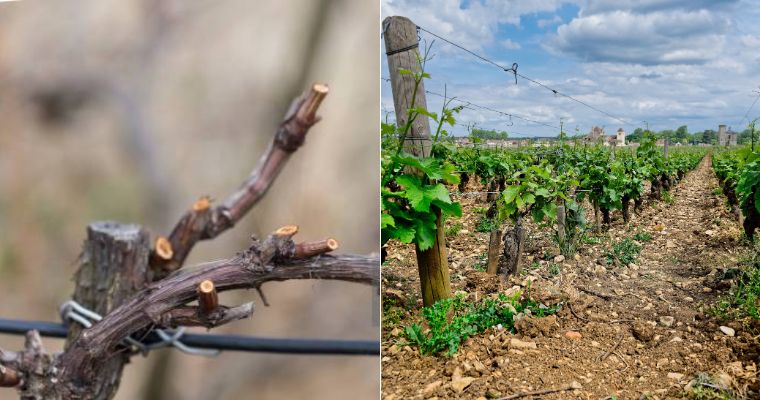
Image Source: Pexels - Vineyard getting new leaves and buds after Pruning.
Monitoring Weather Conditions: Weather patterns play a pivotal role in grape development. Winemakers employ sophisticated weather monitoring and prediction systems to anticipate and mitigate the effects of inclement weather. This allows them to take preventive measures when necessary.
Soil Health: Soil conditions profoundly influence grape quality. Winemakers conduct soil tests and apply tailored treatments to ensure soil health remains consistent. Healthy soils produce grapes with the desired characteristics year after year.
Selecting the right grape varietals and clones is crucial to consistency in winemaking. Winemakers focus on several aspects:
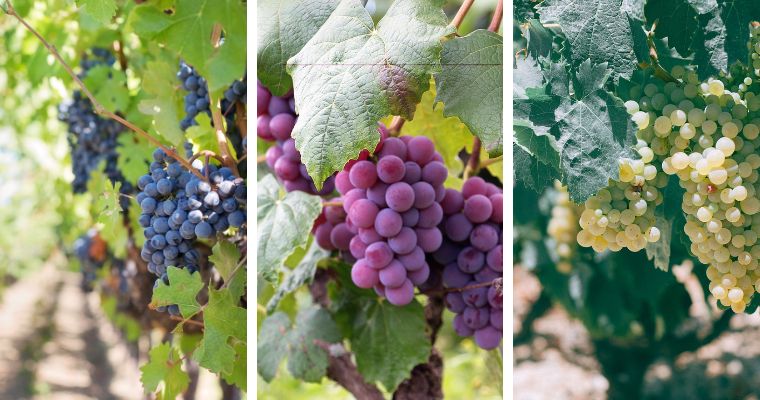
Image Source: Pexels - Grape Varietals
Grape Varietals: Winemakers meticulously choose grape varietals that thrive in their specific region. By sticking with proven varieties, they reduce the risk of variations in grape quality.
Clonal Selection: The choice of grape clones (genetic variations within a grape variety) is a subtle but essential aspect of maintaining consistency. Winemakers select clones that align with their wine's desired flavor profile.
Grape Ripeness: Consistency is maintained by carefully monitoring grape ripeness. Modern technology, such as Brix meters and infrared thermography, assists in precise timing for harvest. Winemakers are particular about choosing the right moment for picking, ensuring consistent sugar levels and ripeness across vintages.
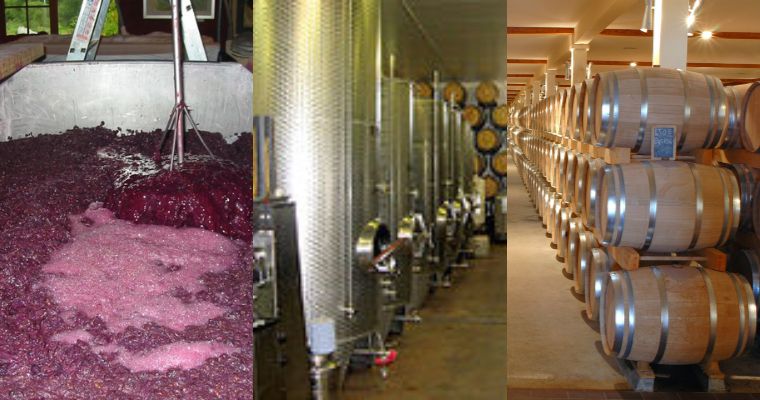
Image Source: Wikipedia - Winemaking
Winemaking is a meticulous process, and consistency depends on adhering to a set of time-tested techniques:
Fermentation: Winemakers are precise about temperature control during fermentation. Consistency in fermentation temperature helps maintain the desired flavor and aroma characteristics.
Aging: Winemakers use the same type of barrels and aging conditions to ensure the wine matures consistently. Barrels, whether they are French oak or American oak, impart distinct flavors, and this choice remains constant to maintain the wine's character.
Blending: Many wineries produce consistent wines by blending different lots of wine. The winemaker's skill lies in keeping the blend ratios consistent, ensuring the wine maintains its unique flavor year after year.
Filtration and Bottling: Maintaining the same filtration and bottling processes reduces the risk of unexpected deviations in wine quality. Winemakers pay attention to the type of filtration media and bottling conditions to uphold consistency.
Winemakers today have a powerful ally in technology, which helps maintain wine consistency. Some key technological advances include:
Sensory Analysis: Winemakers utilize sensory analysis to evaluate wine quality. Sensory panels help detect variations, allowing winemakers to make precise adjustments to maintain consistency.
Data Analytics: Data-driven decisions have become a hallmark of modern winemaking. Wineries use sophisticated software and data analysis to predict outcomes, such as sugar levels at harvest, based on weather patterns and historical data.
Microbiology: Understanding the microbial communities in a winery can help maintain consistency. Winemakers can analyze yeast and bacteria populations and, if necessary, introduce specific strains to ensure consistent fermentation.
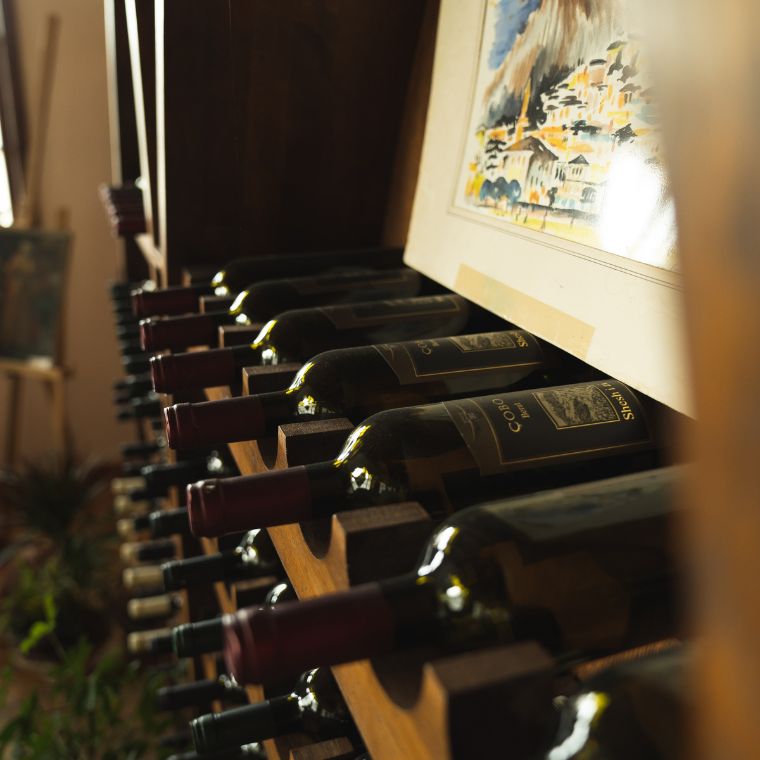
Image Source: Pexels, Bottles placed on shelves
Winemakers understand the aging potential of their wines. They consistently assess when a wine is at its peak, helping to set release dates that align with the wine's optimal drinking window. Proper storage conditions are also crucial to preserve wine quality. Maintaining temperature, humidity, and light conditions in wine storage facilities is vital for ensuring that wine consistency extends from the winery to the glass.
Blending is a powerful tool for maintaining wine consistency. Winemakers create consistent profiles by combining different lots of wine. This ensures that the final product has the desired characteristics even in challenging vintages. They maintain a library of past vintages and samples, allowing them to create a consistent blend that aligns with the wine's established style.
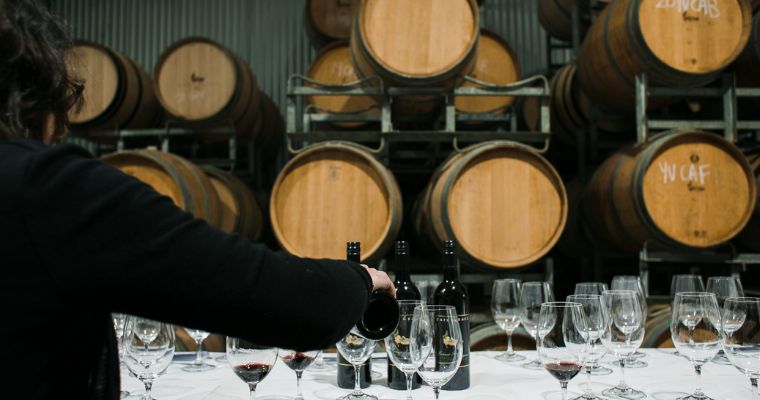
Image Source: Pexels - Wine Tasting
Tasting panels play an integral role in the winemaking process. Winemakers regularly gather experts to taste and evaluate wines, comparing them to a reference standard. This helps identify variations early in the process and implement corrections to achieve the desired wine profile. Wineries often include sommeliers and bartenders in these panels to provide insights from a service perspective.
While winemakers strive for consistency, they also appreciate the uniqueness of each vintage. A great vintage can produce exceptional wines, and a winemaker's art is to adapt to the nuances of each year while maintaining the winery's distinct style. This balance between consistency and adaptation is where the true art of winemaking thrives.
[[relatedPurchasesItems-61]]
As we have seen, winemakers employ a combination of skilled vineyard management, grape selection, winemaking techniques, technology, and sensory analysis to maintain consistency year after year. Sommeliers and bartenders must understand these practices to deepen their appreciation of the artistry behind the wines served and enable sharing this knowledge with patrons. In doing so, you elevate the wine experience, ensuring that the glass you pour today is as exceptional as the one you poured last year, and will be next year as well.
Enter your Wines now and get in front of top Sommeliers, Wine Directors, and On-Premise Wine Buyers of USA.
